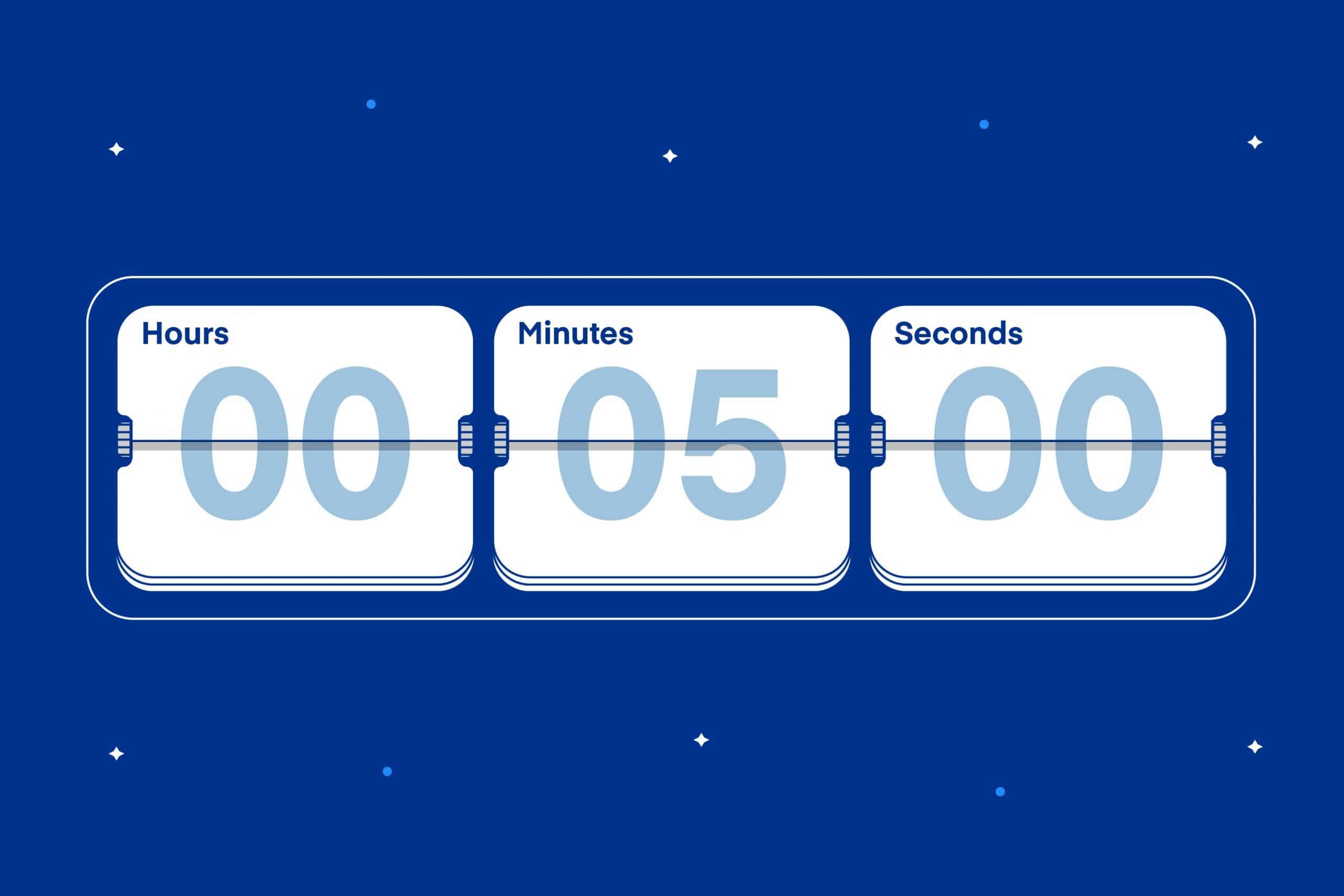
The abdomen is a great place to breathe. The diaphragm expands or contracts to let air into and out of your body. This technique is effective for a variety of health issues, from back pain to stress. This technique can also relieve tension and pain in the shoulders and chest. First, lay down on a flat surface. To ensure a comfortable position, you may need to use a cushion. To begin, place your hand on your stomach. Next breathe slowly through you nose. Afterward, exhale through pursed lips.
Sit straight in a chair and begin to practice breathing from your abdomen. Place your hand on your abdomen and place your pinky finger just above your belly button. Watch your belly rise and fall as you breathe. You should feel your belly expand and contract like balloons. This can be done for around 20 minutes per day. This exercise will allow you to naturally breathe from your abdomen.

Sitting can be used to practice diaphragmatic respiration. When performing this exercise, it is important to relax your neck. Your shoulders should be relaxed. Your symptoms will decrease if you start diaphragmatic breathing. You can try this technique when your body is relaxed and your chest is wide open. Then, try the breathing exercises and see which one provides you with the most relief.
It is important that you remember that not everyone can benefit from breathing exercises. Your primary doctor can offer you expert advice that's tailored to your specific condition. You should consult a physician who specializes in breathing from the stomach. It will be a wise decision. They'll be happy to answer your questions and help you learn the right technique for your needs. You don't have to worry about breathing problems. Just follow these tips and you'll be on your way to a healthier life.
When you breathe from the belly, you'll experience a heightened sense of alertness and concentration. The diaphragm shifts pressure from the high-pressure region of the body to the low-pressure area of the abdomen. This strategy is good for some people but not for all. You may need to improve your breathing technique if you have chronic lung disease. This technique will help you to breath more efficiently and reduce your shortness.

Talk to your mental health professional about breathing from the stomach. These professionals can help you learn how to properly breathe and reduce stress. Talk to a licensed fitness specialist or a physical therapist if it's difficult for you to do it yourself. Consistency is key. If you're not sure where to start, consider the benefits of these techniques. This way, you can do breathing exercises anytime you need to feel calmer.
FAQ
Do I need calories to count?
You might wonder, "What's the best diet for me?" or "is counting calories necessary?" This depends on your health and lifestyle.
The Best Diet For Me - Which One Is Right For You?
My current health status, personal goals, preferences, and overall lifestyle all play a role in choosing the right diet. There are many diets available, some good and others not so good. Some diets work for some people, while others are not. So what do I do? How can I make the best decision?
These are the questions this article will answer. The article starts by introducing the many types of diets currently available. Next, we'll discuss the pros and cons for each type of diet. Finally, we'll discuss which one is best.
To begin, let's take a quick look at the different types of diets.
Diet Types
There are three types of diets available: ketogenic, high-protein, and low fat. Let's talk about them briefly.
Low Fat Diets
A low-fat diet reduces the amount of fats you eat. This is done through reducing the intake of saturated fats (butter, cream cheese, etc.) and replacing them with unsaturated fats (olive oil, avocados, etc.). A low fat diet is often recommended for those who want to lose weight quickly and easily. This kind of diet could cause problems like constipation or heartburn and indigestion. Vitamin deficiencies can also occur if the person doesn't get enough vitamins through their diet.
High Protein Diets
High protein diets discourage carbohydrates and encourage the use of proteins. These diets usually have higher amounts of protein than other diets. These diets are intended to increase muscle mass and reduce calories. The downside is that they may not provide adequate nutrition for someone who needs to eat regularly. They are not suitable for all people because they can be restrictive.
Ketogenic Diets
Ketogenic diets can also be known as keto diets. They are high on fat but low in carbs and proteins. They are typically used by athletes and bodybuilders because they allow them to train harder and longer without getting tired. You must adhere to all side effects, including fatigue, headaches, nausea and headaches.
What can be done to increase your immune system's effectiveness?
Human bodies are made up of trillions upon trillions of cells. These cells collaborate to create organs, tissues and other functions. If one cell dies, a new cell takes its place. Cells communicate with one another using chemical signals called hormonal hormones. All bodily processes are controlled by hormones, including metabolism and immunity.
Hormones, chemicals that are secreted throughout the body by glands, are chemicals. They circulate through the blood stream and act as messengers to regulate how our bodies function. Some hormones are made internally, while others are created outside the body.
The release of hormones from a hormone producing gland into the bloodstream is the beginning of hormone production. Once hormones are released, they move through the body to reach their target organ. Sometimes hormones stay active for only a short time. Other hormones can remain active longer, and they continue to affect the body's functionality even after leaving the bloodstream.
Some hormones are made in large quantities. Others are made in small quantities.
Some hormones are produced at certain times during life. Estrogen is one example. It's produced in puberty, pregnancy and menopause. Estrogen assists women with breast development, bone density, and osteoporosis prevention. It promotes hair growth as well as keeping skin soft and smooth.
What is the difference between a virus and a bacterium?
A virus, a microscopic organism, is incapable of reproducing outside its host cell. A bacterium is an organism that splits itself in two. Viruses are very small (about 20 nanometers) while bacteria are larger (up to 1 micron).
Viruses can be spread by contact with bodily fluids containing infected substances, such as saliva, urine and semen. Bacteria can be spread by direct contact with infected objects and surfaces.
Viruses can enter our bodies through cuts, scrapes, bites, or other breaks in the skin. They may also get into the body through the nose and mouth, eyes, ears or rectum.
Bacteria can be introduced to our bodies by cuts, scrapes or burns. They can also enter our bodies from food, water, soil, dust, and animals.
Both bacteria and viruses can cause illness. However, viruses cannot reproduce within their hosts. Viral infections can only cause diseases in living cells.
Bacteria can cause illness by multiplying in the body. They can also invade other parts of your body. Antibiotics are needed to eliminate them.
How can I reduce my blood pressure
Find out the causes of high blood pressure first. Then you need to take steps to reduce this cause. These could include taking medication, eating less salt and losing weight.
Make sure you're getting enough exercise. You can also walk if you don’t have the time.
Consider joining a gym if your current exercise regimen is not satisfying you. You will probably join a gym where you can meet other people with similar goals. It's easier to stick to an exercise routine when you know someone else is going to see you at the gym.
How does weight change with age?
How do I know if my bodyweight changes?
Weight loss occurs when there is less fat than muscle mass. This means that calories must be consumed at a rate greater than energy. Reduced activity is the leading cause of weight gain. Other reasons include poor eating habits, stress, hormone imbalances, certain medications and illness. Weight gain occurs when there is more fat than muscle mass. It happens when people eat more calories than they use during a given day. It can be caused by overeating or increased physical activity as well hormonal changes.
Our bodies lose weight mainly because we eat less calories that we burn. When we exercise regularly, we increase our metabolism rate which burns off more calories throughout the day. This does not necessarily mean that we will get thinner. What is more important is whether or not our body is losing or gaining weight. We will lose weight if we burn more calories than we consume. If we consume more calories that we burn, we are actually storing them in fat.
As we get older, our movement speed slows down and so we move less. We also tend have less food to eat than when our children were young. As a result, we gain weight. On the flipside, we are more muscular than we really need and appear bigger.
Without regularly weighing yourself, it is impossible to gauge how much weight you have lost. There are many options for measuring your weight. You can measure your waist, hips and thighs as well as your arms. Some prefer to use the bathroom scales, others prefer to use tape measures.
For a better track of your progress, try to weigh yourself once per week and measure your waistline once every month. You can also take photographs of yourself every few years to track how far your progress has been.
You can also look up your height, weight and body measurements online to determine how much you weigh. If you're tall at 5'10", and weigh 180lbs, your weight would be 180.
Here are five ways to lead a healthy lifestyle.
Healthy living means eating right, exercising regularly and getting enough sleep. It also involves managing stress and having fun. Avoiding sugar and processed foods is key to eating well. Exercise is good for your body and muscles. Sleeping well improves concentration and memory. Managing stress reduces anxiety and depression. Fun is the key to keeping us healthy and happy.
Is cold an indication of a weaker immune system?
It is said that there are 2 types of people: those who love winter (and those who hate it). You may wonder why you feel so bad when it's cold, regardless of whether you love it or hate it.
The fact is that our bodies are designed for warmth and function best. Our bodies were designed to thrive in hot weather because this is where the majority of our food sources are.
Now, however, we live in a completely different environment to how our ancestors lived. We spend a lot more time indoors, and are often exposed at extreme temperatures (cold and hot), and we eat processed foods over fresh.
Our bodies don't have the ability to tolerate extremes. This means that we feel tired, sluggish and even sick when we venture outside.
There are ways to combat these effects though. The best way to avoid these problems is to ensure that your body stays hydrated throughout the day. Drinking plenty of water will help you keep your body hydrated and flush out toxins.
It is important to eat healthy foods. Consuming healthy food helps maintain your body's optimal temperature. This is especially important for those who spend long periods inside.
You can also meditate for a few minutes every day. Meditation helps to calm your mind and body which can make it easier to deal stress and illness.
Statistics
- WHO recommends reducing saturated fats to less than 10% of total energy intake; reducing trans-fats to less than 1% of total energy intake; and replacing both saturated fats and trans-fats to unsaturated fats. (who.int)
- WHO recommends consuming less than 5% of total energy intake for additional health benefits. (who.int)
- According to the 2020 Dietary Guidelines for Americans, a balanced diet high in fruits and vegetables, lean protein, low-fat dairy and whole grains is needed for optimal energy. (mayoclinichealthsystem.org)
- In both adults and children, the intake of free sugars should be reduced to less than 10% of total energy intake. (who.int)
External Links
How To
What does the "vitamins” word mean?
Vitamins are organic compounds naturally found in food. Vitamins are necessary for us to absorb nutrients in the foods we consume. Vitamins are not made by the body, so they must be obtained through food.
There are two types if vitamins: water soluble, and fat soluble. Water-soluble vitamins dissolve easily when they are dissolved in water. Examples include vitamin C,B1 (thiamine), B2 (riboflavin), B3 (niacin), B6 (pyridoxine), folic acid, biotin, pantothenic acid, and choline. Fat soluble vitamins are stored in the liver and fatty tissue. You can find vitamin D, E K, A, beta carotene, and other fat-soluble vitamins.
Vitamins are classified according their biological activity. There are eight main groups of vitamins.
-
A - Vital for normal growth and maintaining good health.
-
C – essential for proper nerve function.
-
D - essential for healthy bones, teeth, and gums.
-
E is needed for good reproduction and vision.
-
K – Required for healthy nerves & muscles.
-
P - vital for building strong bones andteeth.
-
Q - Aids digestion and iron absorption
-
R - necessary for making red blood cells.
The recommended daily allowance for vitamins (RDA) varies based on gender, age, and physical conditions. RDA values are set by the U.S. Food and Drug Administration (FDA).
For example, the RDA for vitamin A is 400 micrograms per dayfor adults 19 years or older. Pregnant women require 600 micrograms daily to support fetal development. Children ages 1-8 require 900 micrograms per day. Infants under one year of age require 700 micrograms per day, but this amount decreases to 500 micrograms per day between 9 months and 12 months of age.
Children ages 1-18years who are obese need 800 micrograms per day while those who are overweight need 1000 micrograms per day and children who are underweight need 1200 micrograms per day to meet their nutritional needs.
Children between 4 and 8 years old with anemia will need 2200 micrograms daily of vitamin C.
2000 micrograms per person is necessary for general health. Mothers who are pregnant, nursing, or have a high nutrient need will require 3000 micrograms a day.
Adults over 70 years of age need 1500 micrograms per day since they lose about 10% of their muscle mass each decade.
Women who are pregnant, nursing or breastfeeding need more than the RDA. Pregnant woman need 4000 micrograms daily in pregnancy, and 2500 per day after childbirth. Breastfeeding mothers require 5000 micrograms daily when breast milk production is occurring.